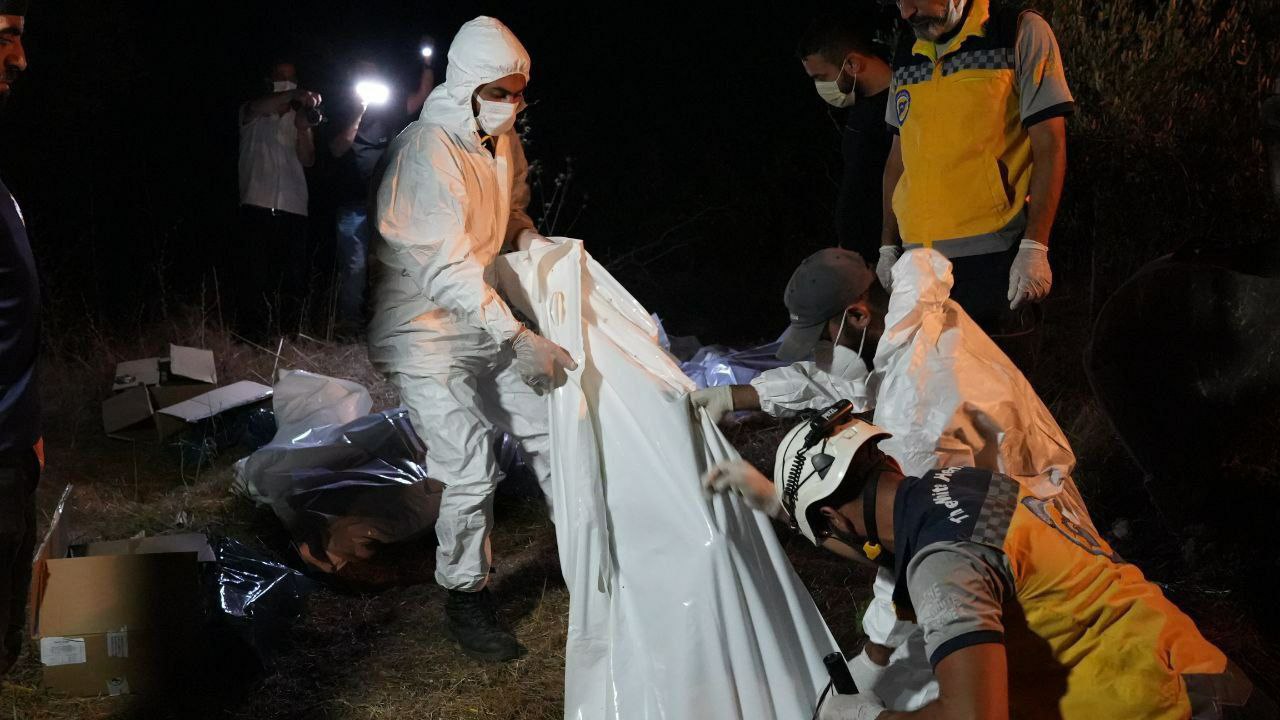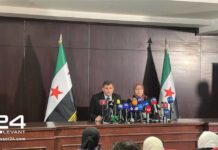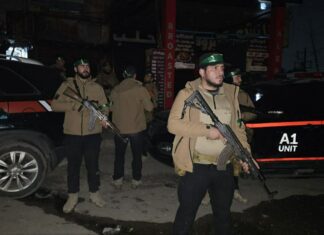
On August 19, internal security units in Latakia province uncovered a mass grave containing nine bodies on farmland near Bustan al-Basha, north of Jabla. Brig. Gen. Abdulaziz al-Ahmad, head of internal security in the province, said the site was located inside property owned by Hassan Yusuf Yunis, a former pilot brigadier general under the Assad regime.
Civil defense teams recovered the bodies, while criminal investigators began documenting evidence and collecting information. Ahmad said authorities would continue pursuing such cases “with precision and responsibility, in order to ensure the disclosure of facts and the consolidation of security and stability in the province.”
The find highlights a broader pattern of enforced disappearances and summary killings in the region, especially during the years when Jabla’s countryside became known for anti-regime protests and brutal reprisals and crackdowns by Assadists.
Mass Graves in Daraa and Homs
In the northern Daraa countryside, civil defense and internal security teams also recently discovered a series of mass and individual graves containing remains believed to belong to civilians detained and tortured during the Assad regime’s rule. According to Abdulsalam al-Juma, director of the local civil defense center, teams identified approximately 100 individual graves and six mass graves near the town of Masmiyah.
Witnesses said many victims were arrested at the “Mankat al-Hatab” checkpoint, notorious for disappearances, and later killed in nearby military facilities. “There were mass graves and individual graves, all close together, belonging to civilians who were arrested … tortured, then executed, and their bodies buried in those pits,” resident Rateb al-Sahari told local outlets.
In Homs, residents clearing rubble in the Karm al-Zaytoun neighborhood found the remains of a family of three. Photographs suggested the victims had been blindfolded and handcuffed, consistent with killings carried out during the 2012 massacre attributed to pro-regime militias.
The Scale of the Missing
Muhammad Reza Jalkhi, head of the National Commission for Missing Persons (NCMP) in Syria, said the country has over 63 documented mass graves. He estimated that between 120,000 and 300,000 people remain missing, though the number could be higher. “We have a map that includes more than 63 documented mass graves in Syria,” Jalkhi told state media. “Our estimates of the number of missing persons range between 120,000 and 300,000, but the number may exceed that due to the difficulty of counting.”
Jalkhi said the commission’s work, launched in phases, is central to transitional justice and national reconciliation. Plans include a digital database of missing persons, DNA collection, and forensic training programs with international support.
A Day of Reckoning and Remembrance
Today, August 30, the International Day of the Victims of Enforced Disappearances underscores the ongoing urgency of Syria’s missing persons crisis. Civil defense organizations have warned against unregulated exhumations, which risk destroying evidence and denying families the chance to learn the truth.
As new graves are uncovered, families across Syria continue to wait for answers. The discoveries in Latakia, Daraa and Homs reflect the scale of the challenge: a legacy of mass violence and secrecy that continues to cast a shadow over efforts to rebuild and reconcile.








